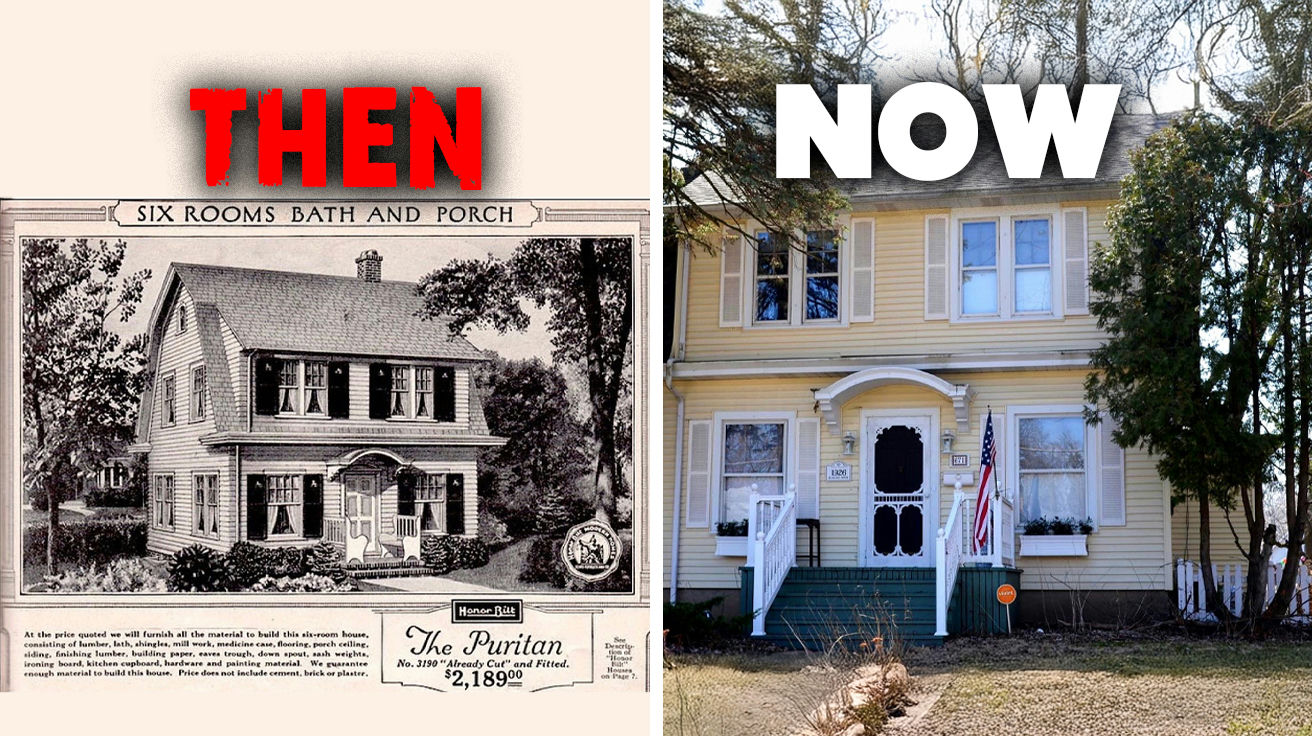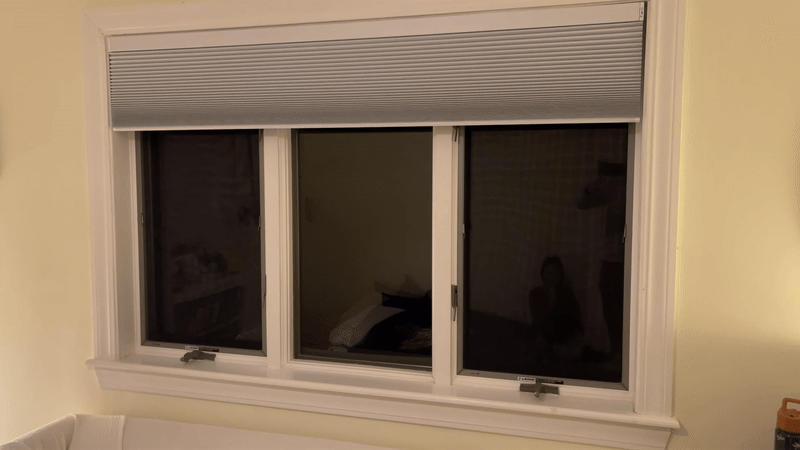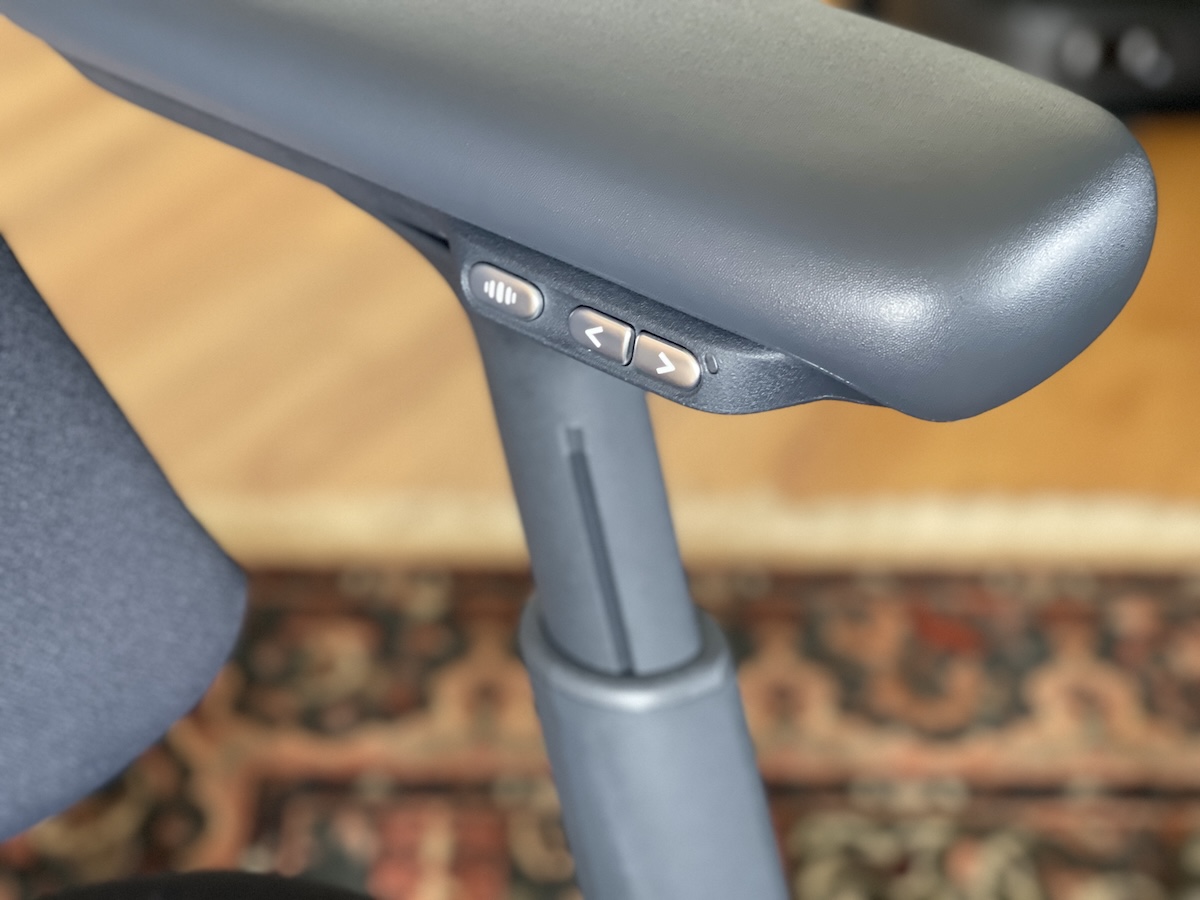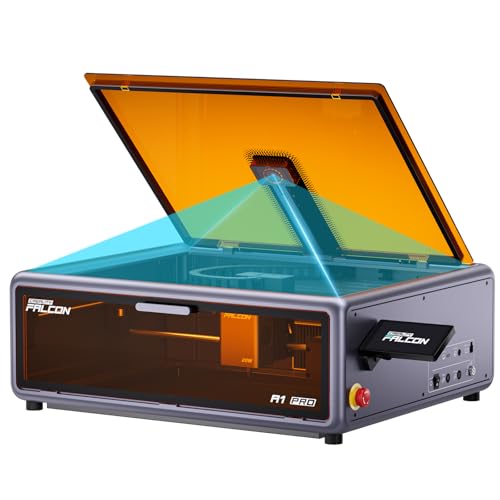Remember when IKEA furniture seemed complicated? Imagine assembling an entire house from a catalog. Sears offered about 370 house designs from 1908 to 1940, democratizing the American Dream like Netflix democratized entertainment. Buyers saved substantially on construction costs. These weren’t just mail-order shacks but quality homes with indoor plumbing when that was still a luxury. The craftsmanship was so solid that thousands still stand today – unlike that bookshelf you’ve reassembled three times.
Disclaimer: Some images used for commentary and educational purposes under fair use. All rights remain with their respective owners.
The Genesis of Mail-Order Dreams
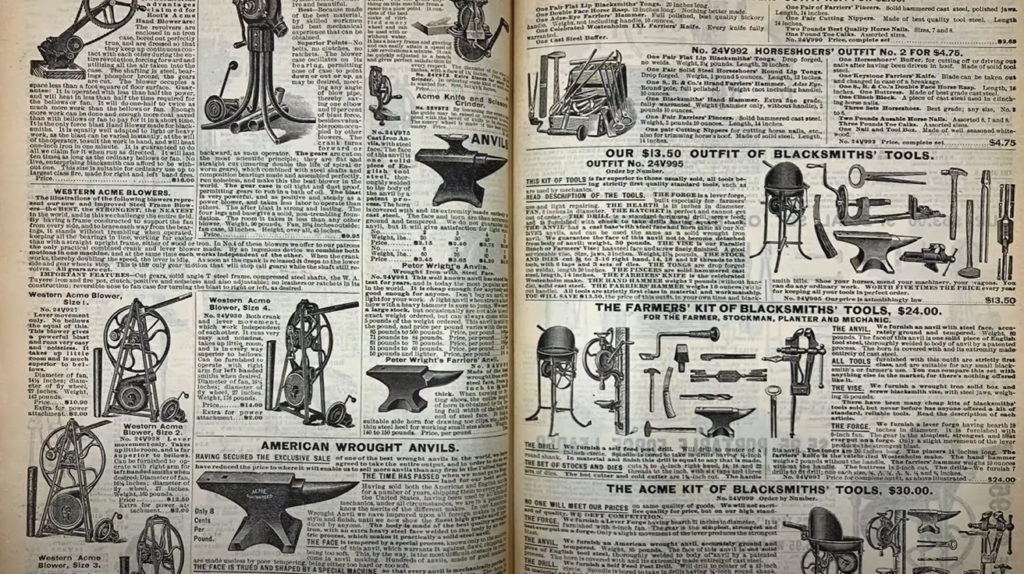
Mail-order shopping crawled before it could run, starting with Venetian book catalogs in the 1400s. Aldus Manutius of Venice created the first known mail-order catalog in 1498. The 19th century saw catalogs explode thanks to railways spreading these wish books across America. Rural shoppers suddenly accessed goods previously guarded by geography, like Twitter before verification checkmarks became as common as lawn flamingos.
Richard Sears: From Railroads to Retail Revolution

Richard Sears, born in 1863, had entrepreneur energy before entrepreneurship had Instagram hashtags. While working as a railroad telegrapher, he spotted an unclaimed watch shipment and flipped it to coworkers at a profit. This hustle evolved into the R.W. Sears Watch Company in 1886. His ads pulled in so many customers he needed help, partnering with Alvah Roebuck. They strategically relocated to Chicago in 1887, positioning themselves at a transportation hub with the foresight of someone who buys Bitcoin in 2010.
The Catalog’s Blooming Universe

Sears rejoined with Roebuck in 1893 after a brief hiatus. Their catalog transformed from a modest booklet to a massive tome featuring thousands of products. Watches led to jewelry, shoes, furniture, and eventually entire houses. This catalog universe expanded faster than Marvel’s, becoming the Amazon of its day. Rural Americans no longer depended on limited local stores, finally accessing the same goods as city folks.
Rosenwald’s Role and the Rise of Consumerism

When Roebuck departed the company, Julius Rosenwald stepped in with fresh ideas and capital. He diversified beyond watches and jewelry into hardware, farm equipment, and pharmaceuticals. This expansion dramatically increased profits by the early 1900s. Decades later, they built the Sears Tower, standing tall like an architectural flex tape commercial. Rosenwald transformed a mail-order operation into a retail empire that shaped American shopping habits for generations.
The Sears Modern Home: A Dream Realized

Housing sucked for growing families in the early 1900s – about as accessible as affordable apartments in today’s Brooklyn. Sears tackled this with their Modern Homes program (1908-1942), spearheaded by Frank Kushel. Their revolutionary approach provided pre-cut lumber and materials, converting raw supplies into ready-to-assemble dwellings. The 1908 Modern Homes catalog offered designs from modest bungalows to mansions. This democratized quality housing like Spotify democratized music access, making homeownership attainable for middle-class families.
Designing the Dream: Models and Customization

Imagine scrolling through 370+ house models – more options than Netflix shows you’ve added to your watchlist but never watched. Prices in early catalogs ranged from $360 to $2,890. Models had fancy names like Alhambra, Conway, and Magnolia – the latter being so luxurious only seven authenticated examples exist. You could customize everything: floor plans, finishes, and features. This level of personalization in 1908 was as revolutionary as ordering a coffee with 17 specific modifications is today.
From Catalog to Construction Site

The journey from catalog dream to actual dwelling kicked off with visiting a Sears associate. After selecting your design, Sears activated their Illinois lumber mill and other suppliers. Their pre-cut, numbered lumber pieces fit together better than your expectations versus reality on dating apps. This clever system reduced construction waste and build time significantly. Families moved into homes faster, giving average Americans the power to create housing without waiting for developers, like TikTok gave everyone the ability to reach audiences without TV networks.
Affordability and Nationwide Expansion

Each Sears home kit arrived with approximately 30,000 precisely engineered components – more parts than Star Wars has devoted fans. Complete with plumbing, heating systems, and electrical wiring, these all-inclusive packages eliminated surprise costs that typically ambush construction projects. Sears operated dozens of sales offices nationwide at the program’s peak, spreading faster than gossip in a small town. This geographic strategy made quality housing accessible from urban centers to rural communities, reaching Americans everywhere like Wi-Fi signals in a coffee shop.
The Great Depression and the Decline

The Great Depression hit Sears Homes like a smartphone hitting concrete without a case. Their final catalog appeared in 1940, with the program officially ending around 1942. Once-bustling branch offices shuttered as unemployment skyrocketed. Many offices closed during this period. Mortgage defaults created significant losses for the company. The economic collapse crushed new kit sales as families focused on survival rather than homeownership. The innovative program couldn’t weather the storm, fading away like Blockbuster in the Netflix era.
The Lasting Legacy: Sears Homes Across North America

Around 70,000-75,000 Sears homes were sold, and many still stand proudly today – more durable than most celebrity marriages. They’re scattered throughout the Midwest, across North America, and into Canada. Since Sears kept no master location list, finding authentic examples has become a historical treasure hunt, similar to tracking down limited-edition Funko Pops. Architectural historians identify these homes through floor plans, millwork, and unique details. These buildings represent an era when innovation in affordable housing transformed communities, unlike today’s market that’s about as accessible as a helicopter pad.
Identifying a True Sears Home

Spotting an authentic Sears home requires detective skills worthy of a true crime podcast. Original paperwork provides slam-dunk evidence, but lumber stamped with inventory codes offers solid proof too. Certain areas have high concentrations of these historic homes, particularly in the Midwest and Northeast. As these century-old structures age, preservation becomes critical. They’re not just old houses but time capsules of American ingenuity – architectural NFTs from before digital was even a concept.
Mid-Century Echoes: Wright and Fournier’s Kit Home Visions

Mid-century saw architectural big shots taking swings at prefab housing. Frank Lloyd Wright collaborated with Marshall Erdman on kit designs that aimed for distinction like Beyoncé at a karaoke bar. Other architects and builders developed innovative prefabrication techniques during this period. Despite these innovations by respected professionals, prefab homes still battled perception problems, viewed as inferior to traditional construction like store-brand cereal next to the name brands.
Modern Prefab Renaissance: A New Generation’s Dream

Prefab housing has undergone an image glow-up that puts Instagram filters to shame. Tiny homes, sleek kits, and Amazon-available prefabs now capture imaginations. Recent years have accelerated interest as people reassessed living arrangements with the sudden focus of someone checking their phone after dropping it. Modern buyers choose prefab options despite having traditional construction budgets, valuing efficiency and sustainability over conventional methods. Today’s movement echoes Sears’ democratizing spirit while adding environmental consciousness – making these homes symbols of forward-thinking choices rather than budget compromises, like choosing public transportation despite owning a car.


